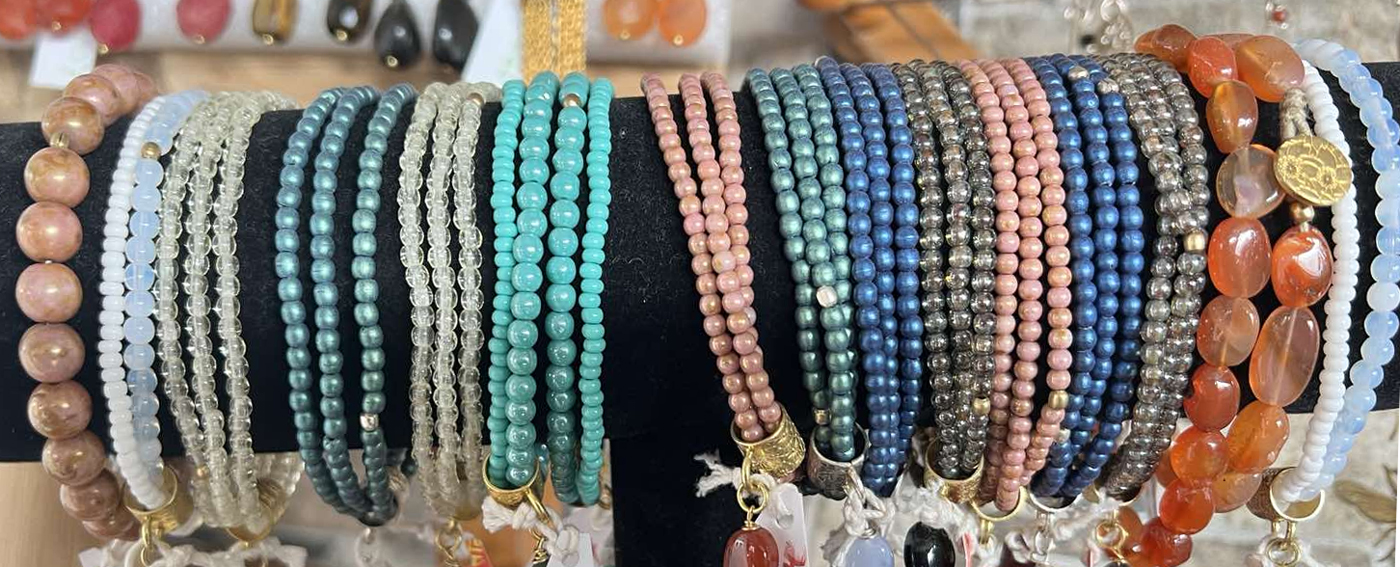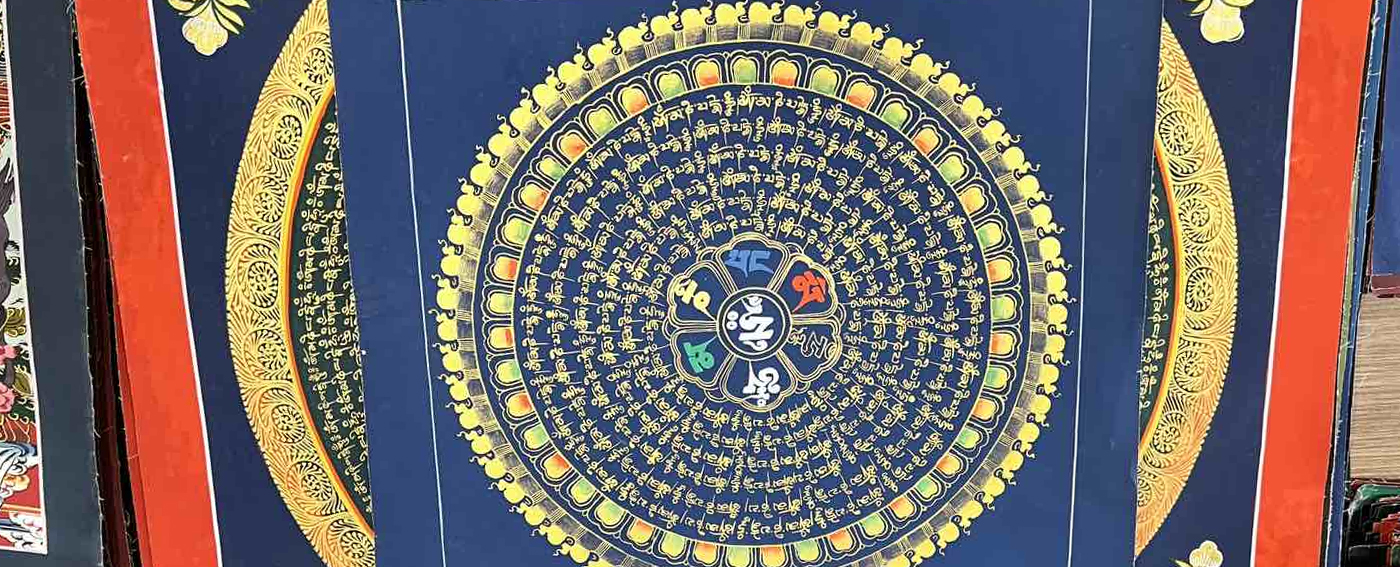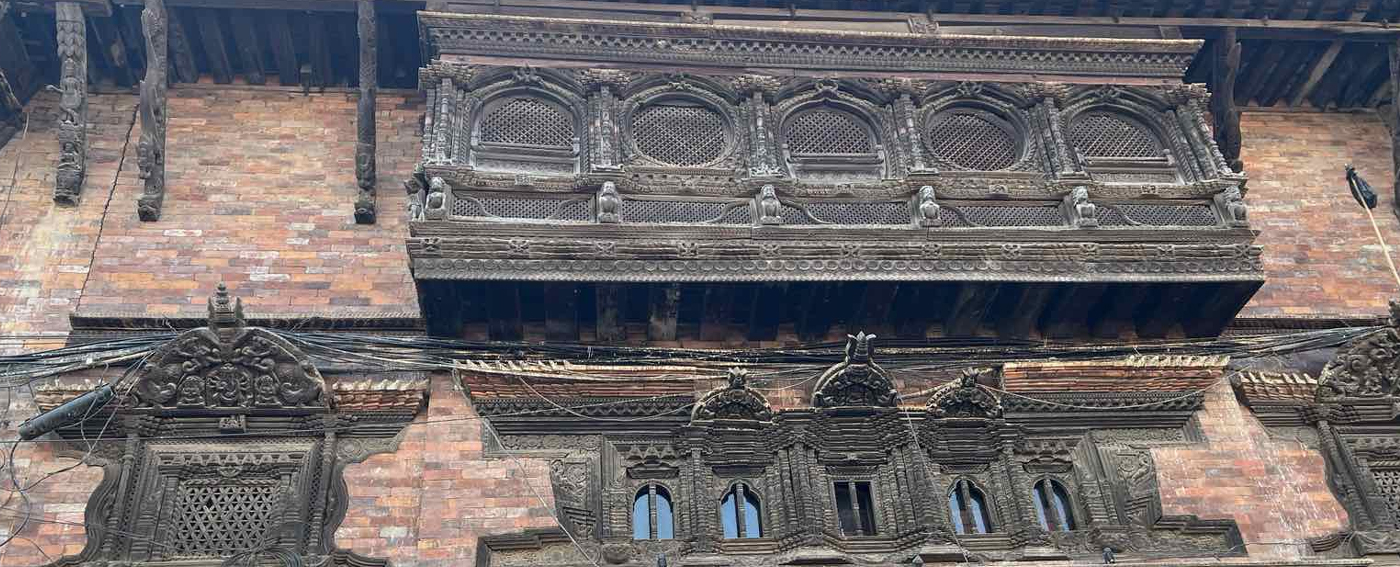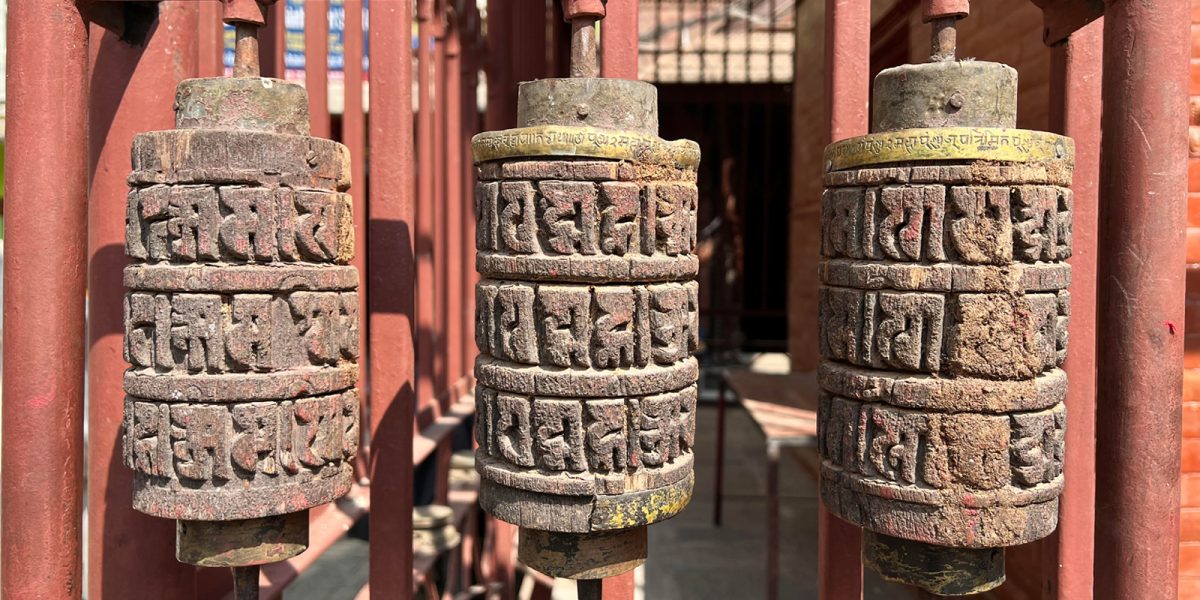Tingsha Bell for Sound Healing
What are Tingsha Bells?
Tingsha bells consist of two small cymbals connected by a leather string. These circular chimes often feature chants or energy symbols etched around their outer surface. They’re also known as Tibetan chimes or Tibetan hand cymbals.
You can frequently find Tingsha bells in sound healing centers, yoga studios, temples, and monasteries. Tibetan Buddhists and Hindu priests use them in prayers and rituals as part of their spiritual practices.
Tingsha bells are commonly used in meditation to help center the mind by focusing on their soothing sound. They’re also utilized in sound healing and for clearing rooms of negative energy. Additionally, they can enrich musical arrangements by adding depth to the overall sound. One notable feature of Tingsha bells is their long-lasting tones.
Origination
Tingsha bells have ancient origins deeply rooted in Tibetan sound healing traditions. They’ve served as tools for enhancing physical, mental, and emotional well-being since the inception of sound healing practices. Their history spans back to the earliest days of sound healing.
In Tibet, Buddhists incorporated Tingsha bells into their rituals, ceremonies, and sound healing sessions. These practices demonstrate the profound impact of sound on our bodies through vibrations and frequencies. While science is still exploring the mechanisms behind sound healing, current research shows promising results. Tingsha bells, as Tibetan percussion instruments, produce sacred “ohm” sounds that are often used in meditation practices.
What is Tingsha made of?
Tingsha bells are meticulously crafted by hand using a casting method. These bells are typically made from a blend of seven premium metals, carefully selected to produce a robust sound and vibrations at the ideal frequency.
Each Tingsha consists of twin metallic disks crafted from an alloy blend. The seven metals commonly used in Tibetan Tingsha include gold, silver, mercury, copper, iron, tin, and lead.
Once crafted, each pair of Tingsha bells undergoes individual testing by certified personnel and sound healing practitioners to ensure top-notch quality and performance. This meticulous testing process guarantees that the quality of the Tingsha bells remains uncompromised.
Sound Healing phenomenon
Sound healing is a natural, gentle, and non-invasive form of vibrational energy medicine. Sound therapy has been around since the beginning of human life. Natural sounds of waterfalls, birds chirping, rainfall, wind-flow, and so on were the initial relaxing sounds.
Everything in the world is frequency and vibration, and when tuned, those frequencies and vibrations create sound. Tingsha creates a very high-frequency sound ranging from above 2000 Hertz and above.
Tingsha Bells for sound healing
Tingsha bells offer an affordable and intriguing avenue for sound healing. They come in various sizes, each producing its unique frequency. These frequencies hold significance for different organs and chakras within our bodies. Using tingsha bells can be a wonderful way to commence and conclude a meditation session. The sound they emit aids in both opening up for meditation and then gently closing the session.
These sound vibrations work on rectifying imbalances within the body even before they manifest visibly. Essentially, they act as a shield and early intervention system, maintaining the body in an actively protected state. This holistic approach helps maintain overall well-being by resetting our physiology to a natural equilibrium and keeping our organs functioning optimally.
An increasing number of individuals are turning to tingsha bells to purify their surroundings and cleanse their aura. This cost-effective method is also popular for clearing crystals. When struck together, the tingsha bells produce a clear, resonant sound that lingers for a surprisingly long duration.
How to play Tingsha?
Tingsha bells are wonderfully versatile and easy to use. You don’t need to remember a lot of instructions to play them effectively. There are several ways you can incorporate tingsha bells into your routine.
One common practice is to use them as a meditation aid. By taking just a few moments each day to escape the stress of your work environment, you can focus on the soothing sound of the bells. It’s a simple yet effective way to clear your mind and find some peace amidst your busy day.
- Traditional Ways
Maintain a relaxed sitting position and close your eyes. Hold the tingsha bell by its string above the metal disks and gently tap them together. Focus on the sound until it fades away, then notice the quietness around you. This simple practice takes just a few minutes and helps alleviate stress.
There are two traditional ways to use tingsha bells: either strike the rims of both cymbals with both hands above the metal part or hit one cymbal against the other in an up-and-down motion while holding them by the strings.
- Modern Ways
The modern ways of playing Tingsha are evolving to date. With the increase in sound healing practices all around the world, much research are being conducted to determine the best frequency to use.
You can add an interesting dimension to the sound if you spin them around after you hit them. This helps to throw the sound around you. It’s a good way for room clearance and heals others. You can even do it by twirling them around after the hit.
In traditional methods, you don’t have control over the movement of the disks. However, you can play them in a more controlled manner by tightly holding them sideways and striking them. This allows for a percussive style of playing. Layering multiple strikes creates overlapping sound waves, providing a deeply immersive auditory experience that feels uplifting.
You can customize the sound of Tingsha bells by adding your own creative touch to achieve different pitches. Experiment with using mallets or strikers for varying effects. Padded mallets produce softer, lower notes, while a wooden strike offers a purer sound. Using metal strikers results in sharper notes, allowing for a diverse range of tones and textures. The use of multiple tingsha is also a great way to purify and boost concentration. You can hang the tingsha on wooden sticks and play them simultaneously to produce multiple sound waves and frequencies.
Health Benefits
Modern medicine typically intervenes with the physical body once issues are evident, often after they’ve become irreversible. Conversely, sound healing maintains balance across mental, spiritual, and physical realms, bolstering overall well-being.
Within our ears, the vestibulocochlear nerve links to the vagus nerve, a key parasympathetic nerve responsible for stress reduction, blood pressure regulation, and muscle relaxation.
Certain sounds can influence brain waves, altering levels of alertness and consciousness. Therapeutic sound waves possess the potential to impact DNA, move objects through levitation, and even combat viruses.
Tingsha bells, with their prolonged tones, yield profoundly positive healing effects. They facilitate engagement and healing across the spectrum of consciousness: Source/Spirit, Soul, Mind, Emotion, and Body.
As instruments of sound healing, Tingsha bells don’t merely address physical ailments; they engage with the entire biochemical process. Our emotional state deeply influences our physical well-being, underscoring the interconnectedness of mind and body.
Furthermore, the soul serves as the interface between our divine essence and physical existence. Nurturing the soul’s potential fosters profound healing, addressing fragmented aspects and promoting holistic well-being.
Notes and intensity
Tingsha bells have varying effects based on their intensity and pitch. Loud and robust tingsha bring heightened awareness, while those with subtler pitches induce relaxation and a mellower state.
If you have seven sets of tingsha for your seven chakras, you can align your chakras with them. Give a tap on all seven chimes and let your brain waves absorb the sound and go with the flow these waves make.
Tingsha for chakra alignment
The chakras, seven energy centers located along the spine from the base to the crown of the head, can become misaligned or imbalanced due to various factors like diet, thought patterns, sleep, and more. This imbalance can affect the corresponding endocrine glands. However, through consistent practice of simplified sound healing with tingsha bells, each chakra can be systematically opened and restored to a healthy state. By listening to and utilizing sound healing techniques, even initial damage to the endocrine glands can be addressed and reversed.
Anybody can easily learn this meditation and quickly align and balance these chakras in your life.
Many meditations and sound healing practitioners around the world have been experimenting with the frequencies and mix of Tingha with other sound healing equipment. Tingshas can be played alone and collectively with other sound healing equipment.
Benefits of Tingsha
Many meditations and sound healing practitioners around the world have been experimenting with the frequencies and mix of Tingha with other sound healing equipment. Tingshas can be played alone and collectively with other sound healing equipment.
· Heal auras
Even the gentlest tap sets them off, sending their sound outward with clarity. The powerful notes reach up to the head, sweeping away negativity from our aura. What’s fascinating is how they affect the body and aura differently compared to Tibetan singing bowls. They complement each other like siblings, each with its unique touch. Once you have one, you might find yourself wanting the other for a refreshing change.
· Get a meditative state of mind
The strong vibrations of tingsha bells cut through the tangled mess of our thoughts, melting away the stress that accumulates in our busy lives. Meditation brings harmony to our body, soul, and thoughts, grounding us in the present moment. It’s a practice that fosters peace and tranquility, allowing our minds to quiet down from the constant rush.
The powerful waves from tingsha bells guide our alert and tense brain waves into a state of deep relaxation and rejuvenation.
· Toning
One of the traditional uses of tingsha bells in therapy is known as toning. Toning aims to alleviate mental stress and lower anxiety levels by facilitating the movement of positive energy while dispelling negativity. These bells encourage the circulation of beneficial energies throughout the body, promoting the restoration of robust brain waves.
· Relieve stress, anger, and anxiety
Healing sounds provide a unique way to connect vibrations with our bodies, allowing us to experience specific sounds resonating within the organs they’re associated with.
For instance, the sound related to the kidneys helps alleviate fear and stress, fostering a sense of gentleness and determination. Similarly, the sound associated with the liver transforms anger into kindness, control, and decisiveness, bringing vitality and enthusiasm to life.
As we listen to these sounds, a feeling of balance and openness arises, deepening our connection to our core. This restores the three main energy centers in our body—head, chest, and lower abdomen—promoting overall well-being and hormonal balance.
· Relieve depression and grief
Few things are as disruptive and jarring as unexpected noises. When we’re exposed to such sounds, our brain’s stress pathways are activated, leading to the release of stress-related hormones. Tingsha sound waves, however, have the remarkable ability to calm and soothe us, shielding us from these disturbances.
Our lungs are closely tied to feelings of grief, depression, and sadness. When we engage with the sound of tingsha bells, these emotions can be transformed into courage, confidence, and inner strength. You’ll likely feel the gentle vibration resonating in your chest area.
For those with limited knowledge or skepticism about sound healing, using Tingsha bells is highly recommended. These versatile and user-friendly instruments add a beautiful dimension of healing sound waves to our lives, offering a simple yet effective tool for promoting well-being.




